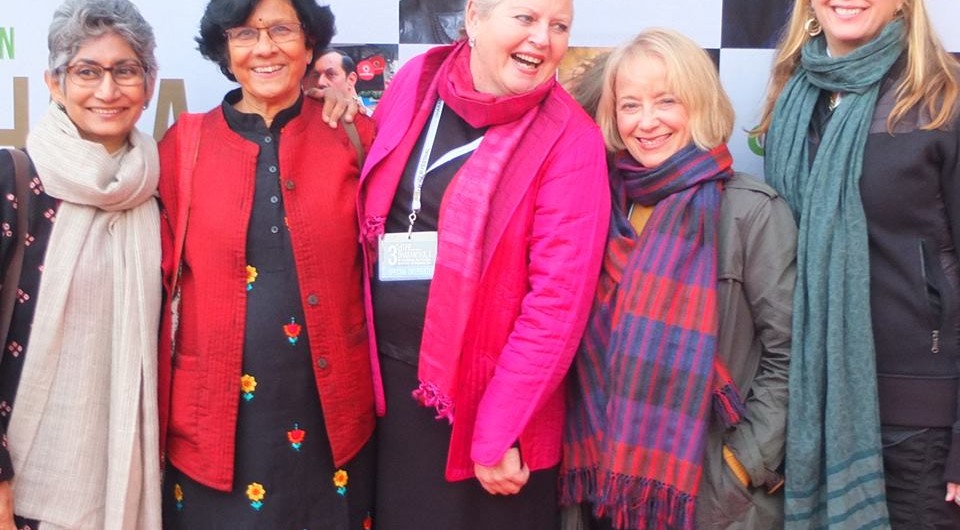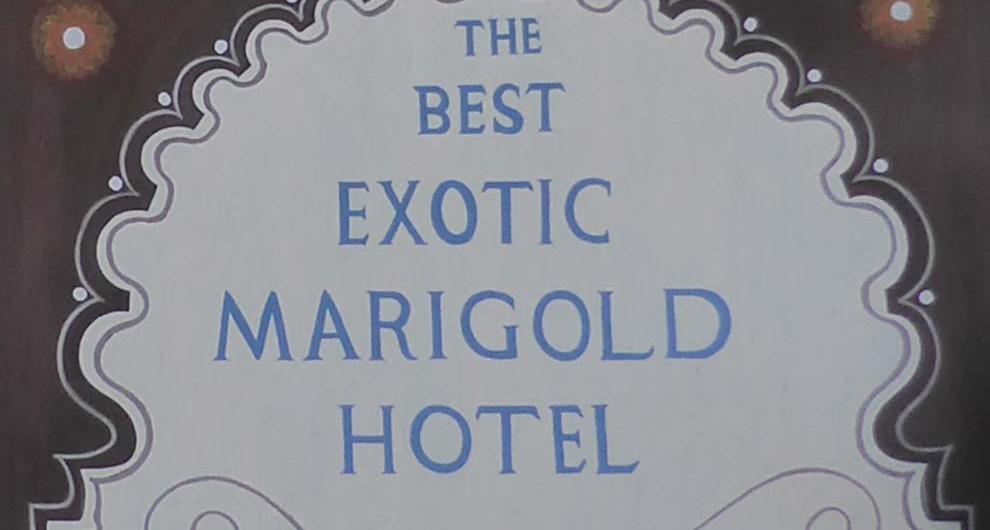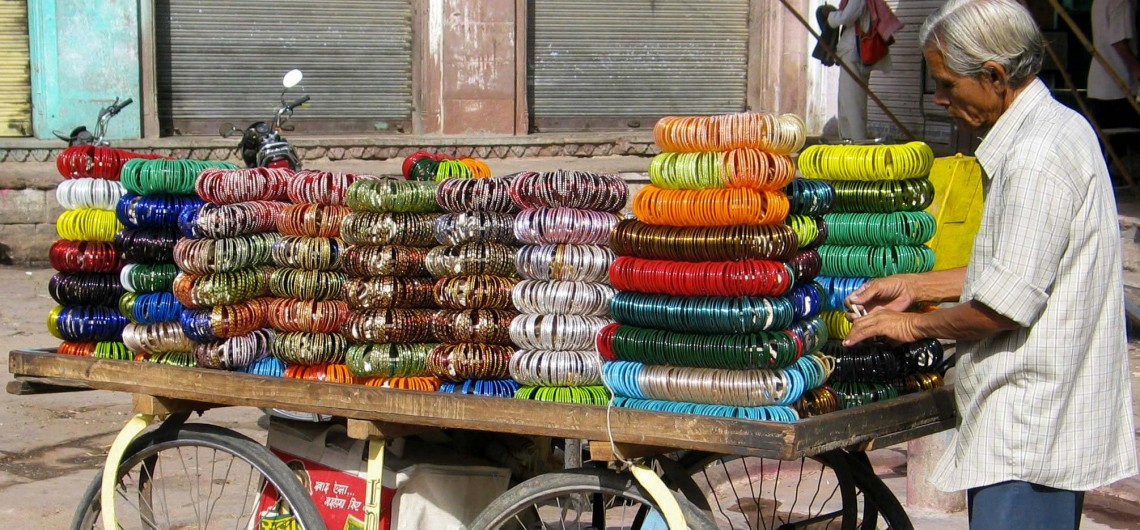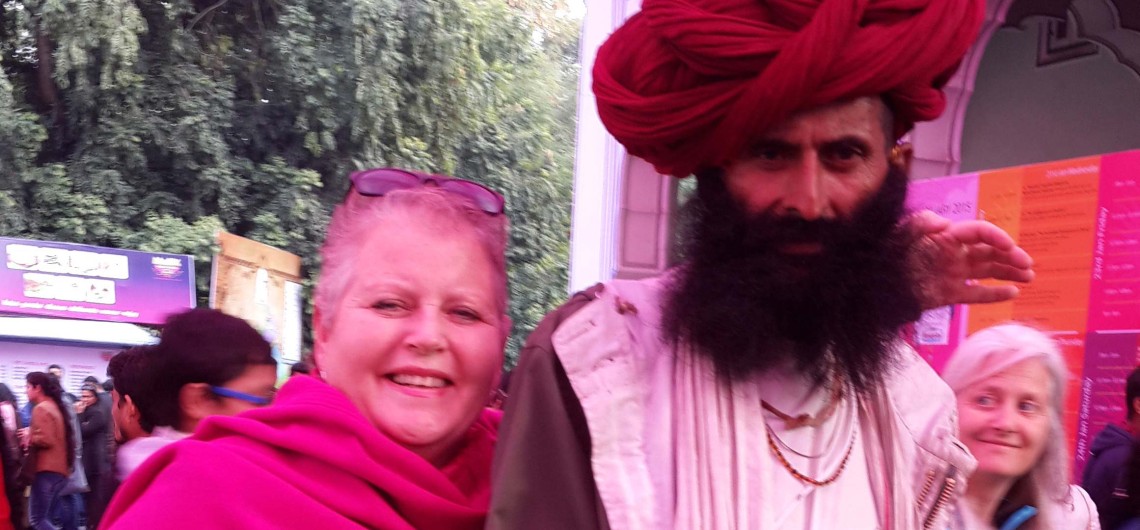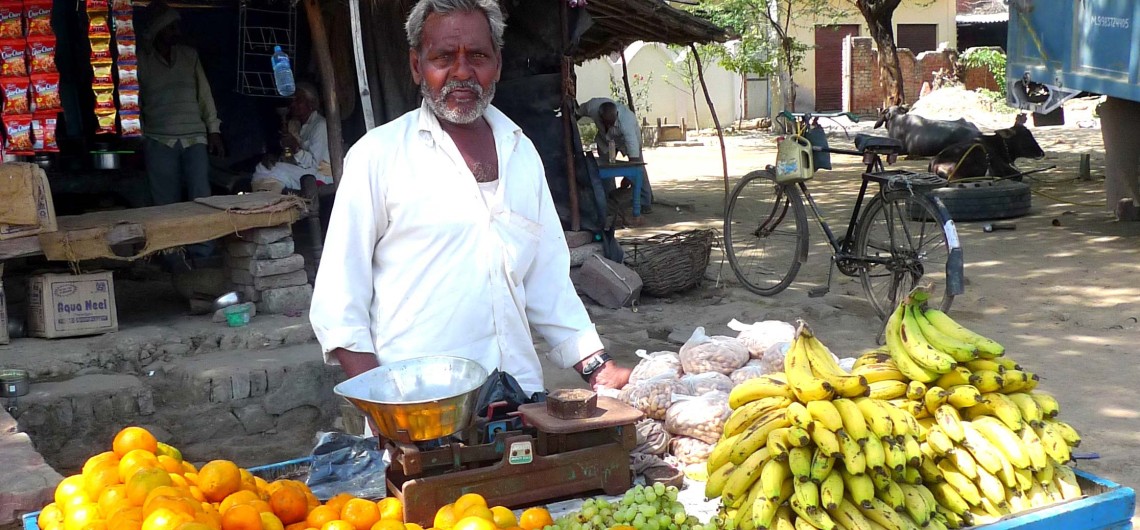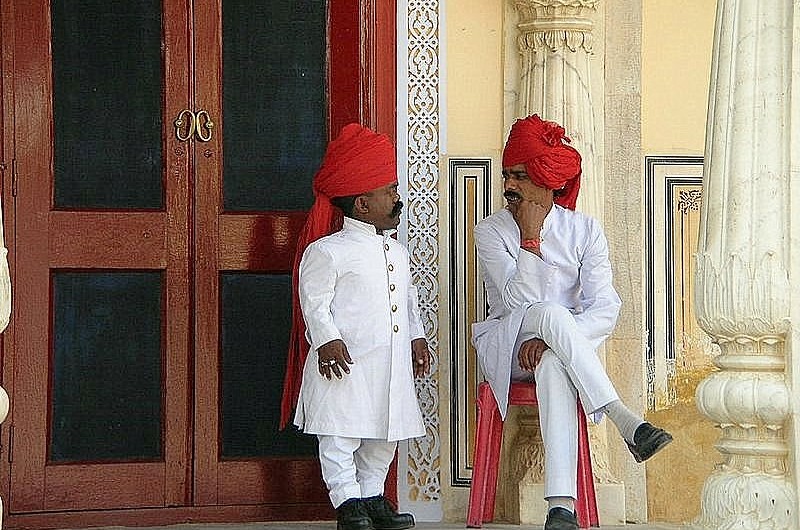A three day feast of small, independent films is the last thing you would expect to find in a small town in the north of India. McLeod Ganj is a small town as far as India goes. Famous for being the home of the Dalai Lama for the last 50 years, it is perched high on a ridge overlooking the Kangra Valley with the foothills of the Himalayas as a backdrop, and is the residence to 8,000 local Indian and refugee Tibetan and expat residents and many tourists.
Dharamshala Film Festival or DIFF is where all the films come together usually in October or November each year. It has been big on vision since its beginning. It’s founders, a local husband and wife team, Indian and Tibetan, both film makers, saw the lack of opportunities for local artists and filmmakers in the area and decided to do something about it.
The first festival held in 2012 was based on the idea to create a non-partisan cultural platform to involve all communities of the area. It was also to promote mutual understanding, foster harmony and offer exposure to contemporary forms of creative expression. A big ask for a small place!
Some 4 years on, I think it has been achieved. From films like Butter Lamp, Tashi and the Monk, Lo Sum Choe Sum , Ankhon Dekhi and Five Broken Cameras – all quirky films from mixed origins made by independent film makers that have some relevance about life today. http://diff.co.in/
One can never forget the behind scenes which are handled by a lot of young, enthaustic volunteers hoping to see a famous or up and coming film director/maker or simply to be in the mountains to have a good time amongst fellow film enthausists, it is a great place to be.
I am planning to book my pass for the entire festival. It starts in Dharamsala 3rd and runs till 6th December 2016. Book your place now with our Dharamsala Film Festival package. https://eknotravels.com/tours/the-dharamshala-international-film-festival/

